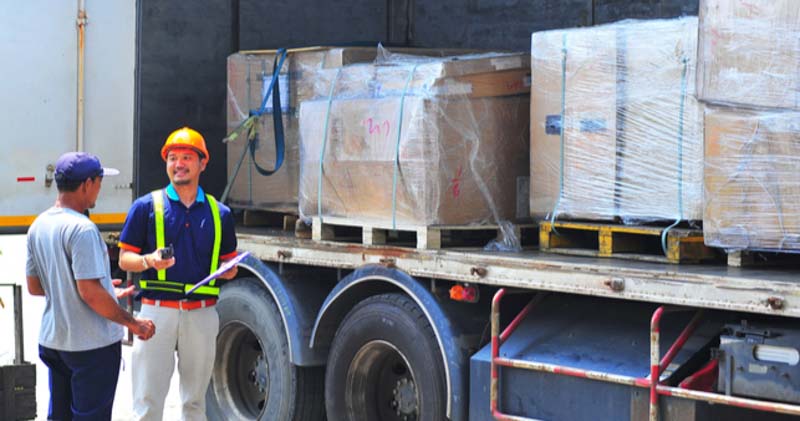
When you think of workplace health and safety hazards, your first thoughts are probably of dangerous heights, unsafe machinery, or hazardous chemicals.
It may surprise you to learn that manual handling is consistently one of the highest risks at the workplace. In the 2018-19 financial year, over 41,000 claims were reported. This accounted for 36% of all serious claims lodged that year, beating falls, trips and slips of a person (23% of all claims) and being hit by moving objects (16%) as the highest cause of all claims.
What is Manual Handling?
Manual handling is an umbrella term for manual tasks – like pushing, pulling or lifting – that almost all employees perform in their roles.
Some roles require intense and repetitive physical exertion; roles in the construction and removalist industries are two that come quickly to mind. The risk manual handling poses to health and safety in these roles is fairly clear but there are many common examples of manual handling where the risks may appear to be minimal (and they often are).
A lawyer writing documents on a computer, for example, is performing manual handling when they type on their keyboard. A bartender performs manual handling when they pick up a tray of beer glasses to put in the dishwasher. While these tasks are menial, repetitive or awkward movements poor technique or an unbalanced or unstable load can lead to an injury (e.g. a repetitive strain injury from typing, or from making coffee).
While it is clear to see the risks posed by intense manual handling, employers need to understand that relatively menial manual handling tasks can still pose a significant risk to health and safety.
Outcomes of Poor Manual Handling
Poor manual handling over time, or due to one event, can be the cause of a musculoskeletal disorder (MSD) in one of your employees. The musculoskeletal system supports and protects the body and is made up of the bones of the skeleton, muscles, cartilage, tendons, ligaments, joints and other connective tissues that support and bind tissues and organs together.
MSD can range from major injuries caused immediately such as broken bones and strained ligaments, to chronic injuries due to a history of an employee using poor manual handling techniques.
According to SafeWork Australia, examples of MSD include:
Sprains and strains of muscles, ligaments and tendons.
Back injuries including damage to the muscles, tendons, ligaments, spinal discs, nerves, joints and bones.
Joint and bone injuries or degeneration, including injuries to the shoulder, elbow, wrist, hip, knee, ankle, hands and feet.
Nerve injuries or compression (for example carpal tunnel syndrome).
Muscular and vascular disorders as a result of hand-arm vibration.
Soft tissue injuries such as hernias.
Chronic pain (pain that lasts longer than three months).
Acute pain (pain that lasts less than three months).
MSD can range from short-term disorders that cause either minor or major injury, to long-term injuries that can be the result of ongoing, poor manual handling techniques.
Preventing MSD
A wide range of tasks that fall under manual handling, meaning employers may find it difficult to manage or even identify what manual handling tasks may pose a serious risk to your staff.
As such, a wide-ranging risk assessment in your workplace is the best option available to employers to identify, assess and control the risk of hazardous manual handling.
Hazardous risks you may identify include heavy or unbalanced loads, machinery that produces strong vibration, such as a lawnmower or jackhammer, or heavy objects that are moved often, such as a trolley or vacuum cleaner.
MSD may also be caused from repetitive, low-impact actions or behaviours such as typing, carrying light objects, slipping while walking or poor posture when sitting at a desk. Rather than teaching employees to change their behaviour eg. ‘safe’ lifting techniques, employers need to do as much as they reasonably can to identify and control risks, considering all aspects of the employee’s work to provide a healthy and safe workplace.
Employsure has free documentation available for employers to help them work towards compliance in respect to their workplace health and safety obligations.

Get Workplace Advice Now
Need more information about workplace health and safety risks? Call us now for free initial advice.







